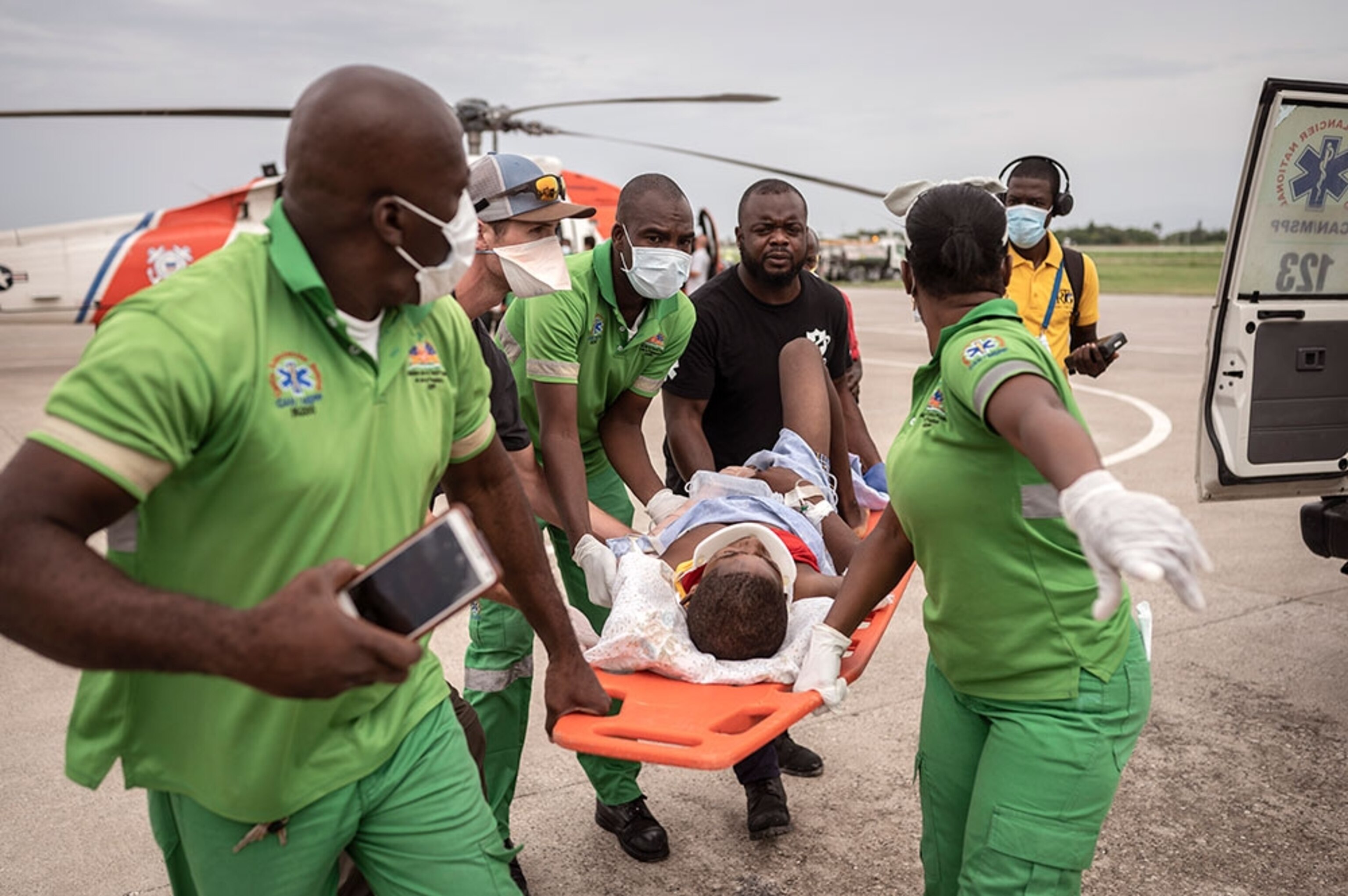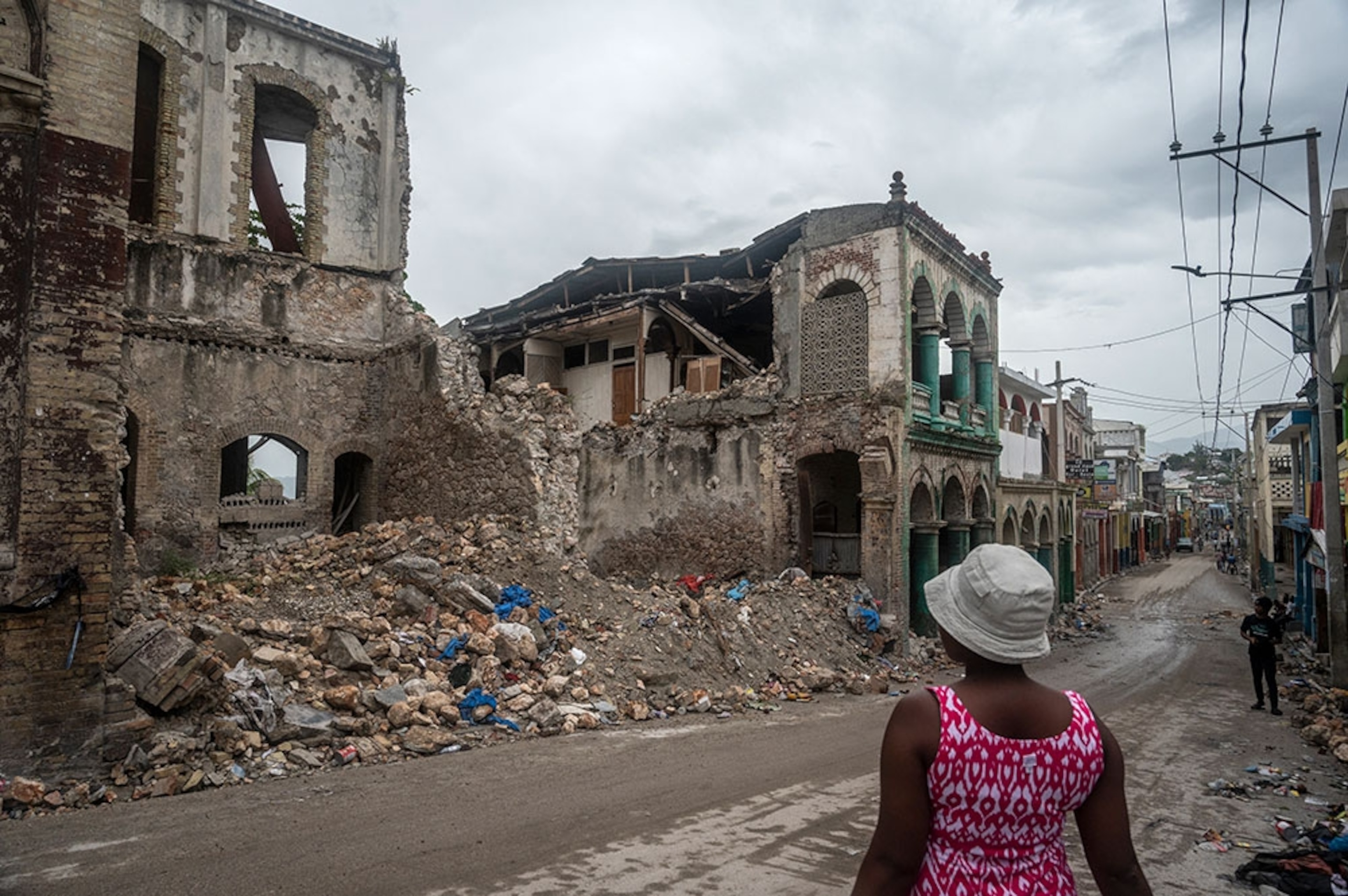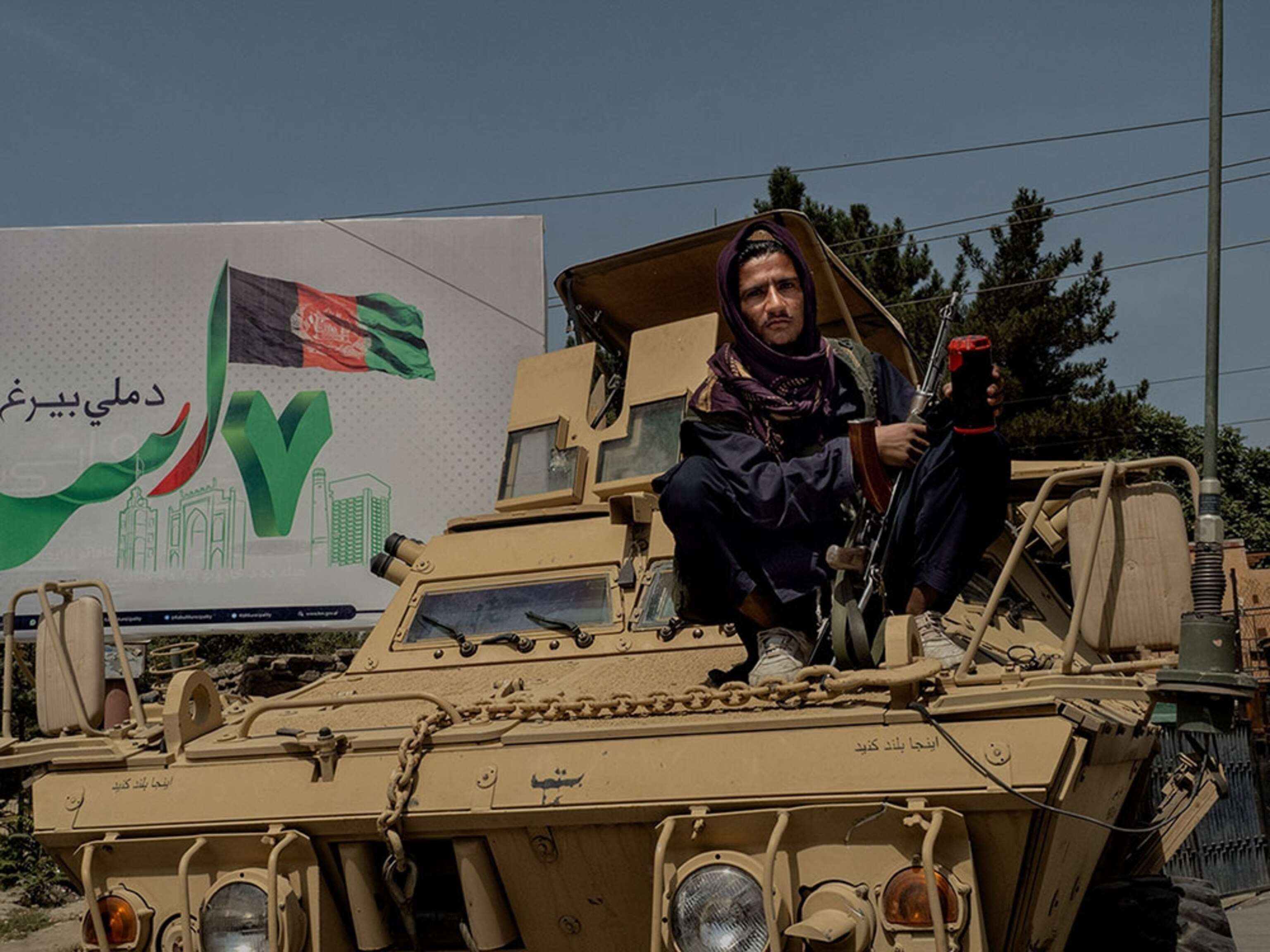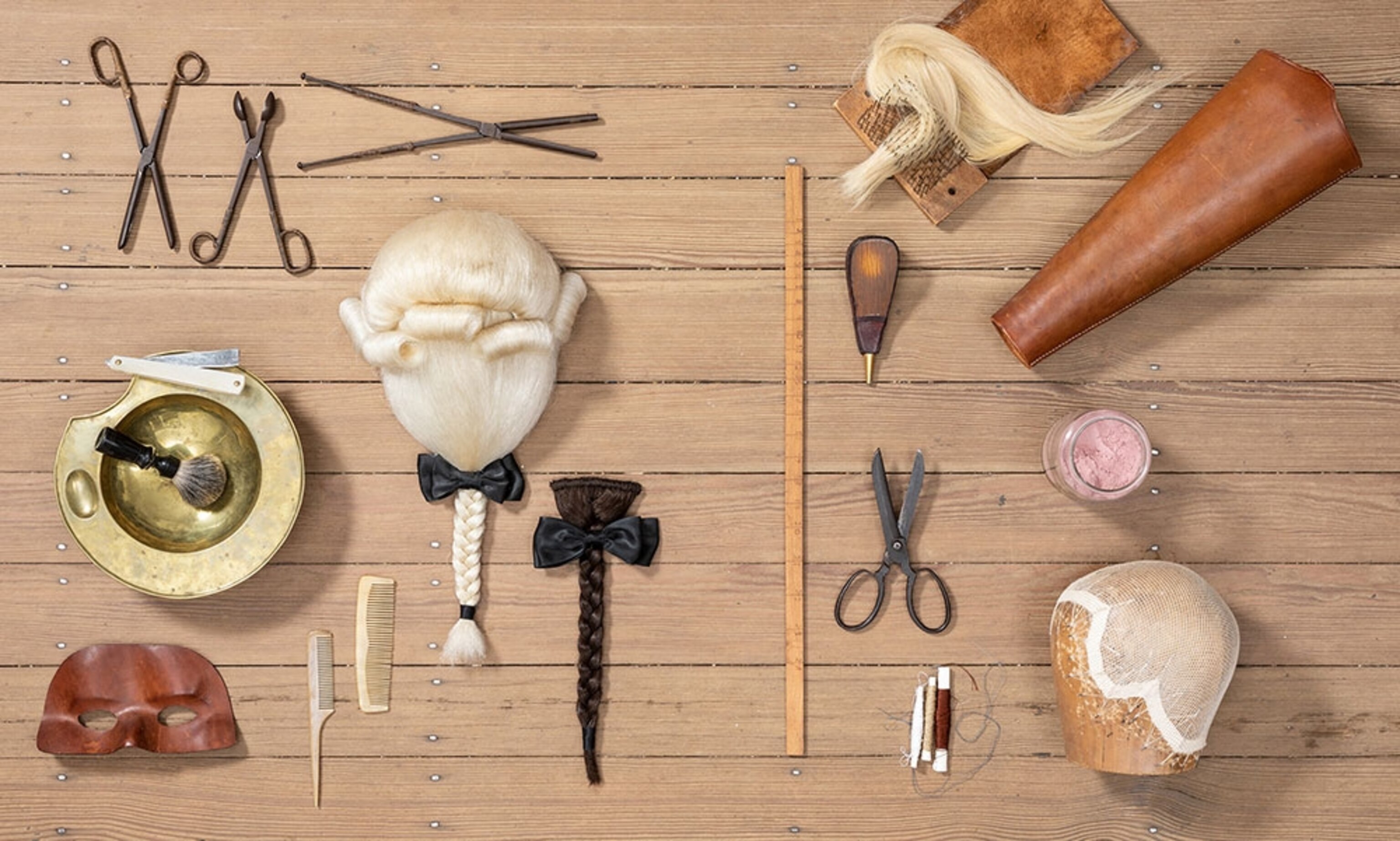
In Haiti, hope is hard to come by
In this newsletter, essential tools for a colonial wig; the legacy of the Harlem Cultural Festival; a war photographer reflects.
This article is an adaptation of our weekly History newsletter that was originally sent out on August 23, 2021. Want this in your inbox? Sign up here.
By Nancy San Martin, Deputy Managing Editor, HISTORY & CULTURE
Haiti, it seems, is a magnet for disasters.
A week after a powerful 7.2 magnitude earthquake struck the Caribbean nation, killing and injuring thousands and causing widespread damage, life is likely to get a whole lot worse for a population that has endured a string of misery and turmoil, including July’s brazen assassination of President Jovenel Moïse, torrential rains, and the ongoing COVID-19 pandemic.
As writer Jacqueline Charles and photographer and Nat Geo Explorer Andrea Bruce document in a story for National Geographic, hope is hard to come by. There is no shortage of willingness among Haitians to help; the issue has always been capacity.
Nearly $2 billion in aid that should have gone toward improving Haitians’ lives—aid given to Haiti by Venezuela, most of it since the 2010 earthquake—was wasted or embezzled by former government officials and those with close ties to the government, according to three separate reports.
While that aid was not necessarily earmarked for the communities rocked by this latest quake, if the money had been properly used and the infrastructure built, the thinking is that the country would be a step closer to responding to the latest disaster.
The chaos and political uncertainty that has ensnared Haiti has led to a worsening humanitarian and child malnutrition crises, Charles writes. (Pictured above, a child who was airlifted from the Haitian city of Jeremie by the U.S. Coast Guard is taken by rescue workers to a hospital in Port-au-Prince, the capital; below, old Colonial buildings in Jeremie collapsed during the latest earthquake.)
“Every time I hear of an earthquake or a storm, I feel like something in me is about to explode,” says Marie Roseline Macenat, 56, a mother of five. “It’s tears in your eyes; you are crying. You sense that you can no longer stand.”
Do you get this newsletter daily? If not, sign up here or forward this to a friend.
TODAY IN A MINUTE
Jabs for animals: Your pet may not get a COVID-19 vaccine, but zoo animals across the U.S., in contact with workers and visitors, are getting vaccinated, Natasha Daly reports. A veterinarian pharmaceutical company has donated some 11,000 doses of the animal vaccine to more than 80 institutions in 27 states for free.
Properly honored: Born in St. Louis, beginning as a dancer, Josephine Baker came to epitomize the liveliness of Paris. Belatedly, she will be laid to rest alongside France’s greatest, such as Victor Hugo, Marie Curie, and Jean-Jacques Rousseau, the New York Times reports.
Tupac’s rebellion: It was a brief, doomed, but deeply influential insurgency high in the Andes. Indigenous leader Tupac Amaru II’s 1780 battle against Spanish colonizers in the mountain community of Sangarará was the first salvo in what would lead, decades later, to Peru’s independence, the BBC reports.
The enduring Harlem Culture Festival: The amazing 1969 summer concert series that you probably never heard of still reverberates today, Nat Geo’s Tucker C. Toole reports. The series, dubbed the Black Woodstock, featured Stevie Wonder, Mavis Staples, Nina Simone, Count Basie, Gladys Knight, and Sly Stone. Long-unseen footage was gathered and edited for the documentary Summer of Soul by Ahmir "Questlove" Thompson.
PHOTO OF THE DAY
Thrills among the squalor: At a North Korean amusement park, thrill seekers strap in for a roller coaster ride. The 2017 image by photographer and Nat Geo Explorer David Guttenfelder was recently posted in our popular Photo of the Day feature. A story in the November 2017 issue documented six American tourists visiting North Korea for the last time before the U.S. State Department restricted people with U.S. passports from traveling to or through the deeply repressive and impoverished nation. The restriction followed the 2017 torture and death in Pyongyang of Otto Warmbier, an American student accused of stealing a poster from a hotel.
THE BIG TAKEAWAY
Warning signs: Everyone in Afghanistan knew the day would come when the United States would leave the Afghan people to find their own way. More than a decade ago, Robert Draper saw signs the U.S. commitment there would falter and that democratic advances there could be lost. “America’s positive contributions to the lives of Afghans will almost certainly feel less tangible over time and will eventually be forgotten by many. The Taliban knew this. They never went away, knowing that someday we would,” he writes for Nat Geo. (Pictured above, a Taliban fighter in Kabul keeps watch from a Bradley Fighting Vehicle. )
Go deeper: A war photographer looks back at her life on the road
IN A FEW WORDS
Aspirations are universal. They all want their kids to get an education, have enough to eat, be safe, and enjoy a happy life. Just because they were born in a war zone or refugee camp, they still fall in love, care about their families, and have dreams.
Roshini Thinakaran, Journalist, Nat Geo Explorer
LAST GLIMPSE
Wigged out: Calling Moira Rose from Schitt’s Creek! In colonial times, a wigmaker was key to a nation’s elites. What did it take to do the job? In the September issue of National Geographic, we spend time in a wig-making shop in Colonial Williamsburg (above), where interpreters are outfitted in 18th-century styles.
SEE THEIR WORK
Today's newsletter was curated and edited by David Beard and Monica Williams. Jen Tse selected the photographs. Have an idea or link to a story you think is right down our alley? A desire to see every single wig Moira Rose wore on Schitt’s Creek? Please let us know. Happy trails!
PREVIOUSLY ON NAT GEO DAILY...
• The surprisingly bucolic twists in a walk through San Francisco
• In Afghanistan, history came to the Taliban’s aid
• So fast, but so few: How cheetahs are targeted by traffickers
• A 17,000-year-old woolly mammoth’s tusk tells an extraordinary Ice Age story
• How the declining Colorado River has forced America’s parched West to deal with less water




